Pesticides are chemical compounds used to kill insects, rodents, worms, weeds and fungi. Unfortunately, exposure to pesticides can also result in many different negative health effects, and can be a real source of concern when raising children. Dr. Jerome Paulson gives tips on pesticide safety and minimizing exposure.
Types of pesticide exposure
There are two types of exposure: acute, high-level and chronic, low-level.
Acute, high-level exposure, which occurs anywhere between a few minutes to several hours, can result in both immediate and delayed effects. Some of the immediate effects are changes in heart rate, nausea and vomiting, difficulty breathing and seizures. The delayed effects include nerve damage in the arms and legs and muscle weakness. Though the effects of chronic, low-level exposure have yet to be thoroughly researched, Children’s National Health System environmental expert and Director of the Mid-Atlantic Center for Children’s Health and the Environment, Jerome Paulson, MD, MPH, says that there is new evidence that this type of exposure can cause small decreases in IQ and small increases in learning problems in children.
Because pesticides are very widely used, the chances of children being exposed to them are great. Pesticides generally enter the body through the nose, mouth, and skin. Young children are at an even greater risk of exposure due to their tendency to explore their environment with their mouths, closeness to the ground and increased time playing outdoors. There are several ways that children can be exposed, including:
- In the home or outside in the yard or garden
- In drinking water, since children drink more water than any other substance
- Outside the home, such as schools, playgrounds, daycare and commercial settings
- In agricultural settings, particularly if a parent works in that kind of environment
Children can also be exposed through food, such as fruits and vegetables. Dr. Paulson recommends that parents visit the Environmental Working Group’s website, where there is a list of conventionally grown foods that have been shown to have very low amounts of pesticide residue, along with a list of foods that can have high amounts of residue.
Reducing pesticide exposure
Although scary due to the varying time frame of noticeable effects, there are ways to reduce pesticide exposure for your child, including the following:
- Growing plants that naturally grow well in your area
- Pulling weeds by hand instead of using a pesticide
- Preventing your child from consuming fruits and vegetables that are heavily contaminated with pesticides
- Should your home need to be sprayed with an insecticide, cover your children’s sheets, pillows, blankets and stuffed animals and store them outside
Dr. Paulson also suggests using Integrated Pest Management instead of pesticides. With this approach, pests are deprived of access to food and water. Parents can incorporate this technique by cleaning up spills as soon as they happen, and to stop any leaks in the home as soon as they are identified.
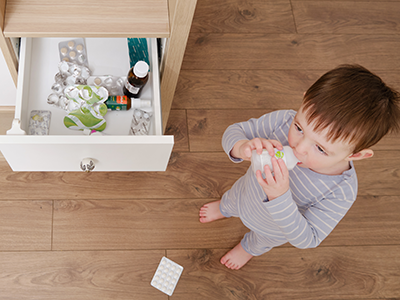 https://riseandshine.childrensnational.org/wp-content/uploads/2024/02/little-boy-eating-medicine-feature.png
300
400
Rise and Shine
https://riseandshine.childrensnational.org/wp-content/uploads/2017/11/childrens_riseandshine_logo.jpg
Rise and Shine2024-02-28 09:21:482024-02-29 11:48:21Safeguarding little ones: The crucial role of medication storage practices and clear labeling
https://riseandshine.childrensnational.org/wp-content/uploads/2024/02/little-boy-eating-medicine-feature.png
300
400
Rise and Shine
https://riseandshine.childrensnational.org/wp-content/uploads/2017/11/childrens_riseandshine_logo.jpg
Rise and Shine2024-02-28 09:21:482024-02-29 11:48:21Safeguarding little ones: The crucial role of medication storage practices and clear labeling


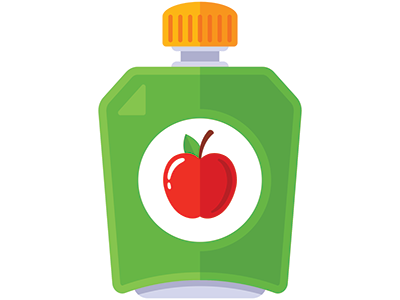



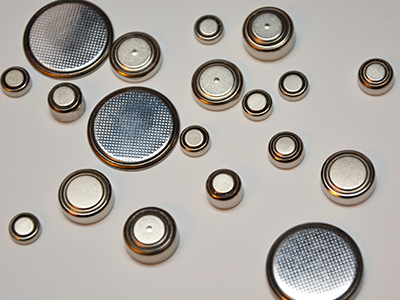



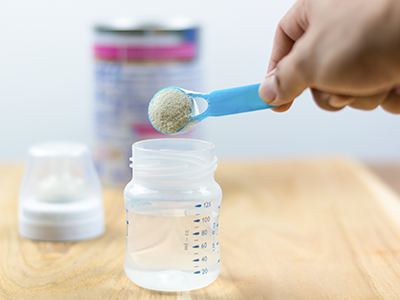







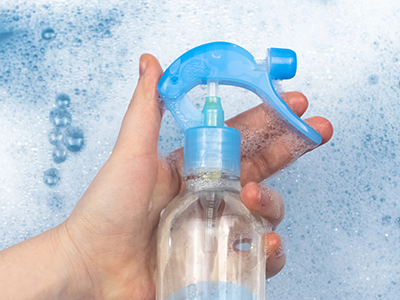
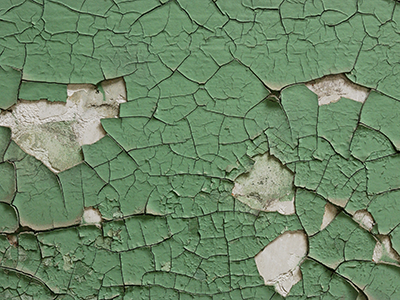
Leave a Comment
Want to join the discussion?Feel free to contribute!